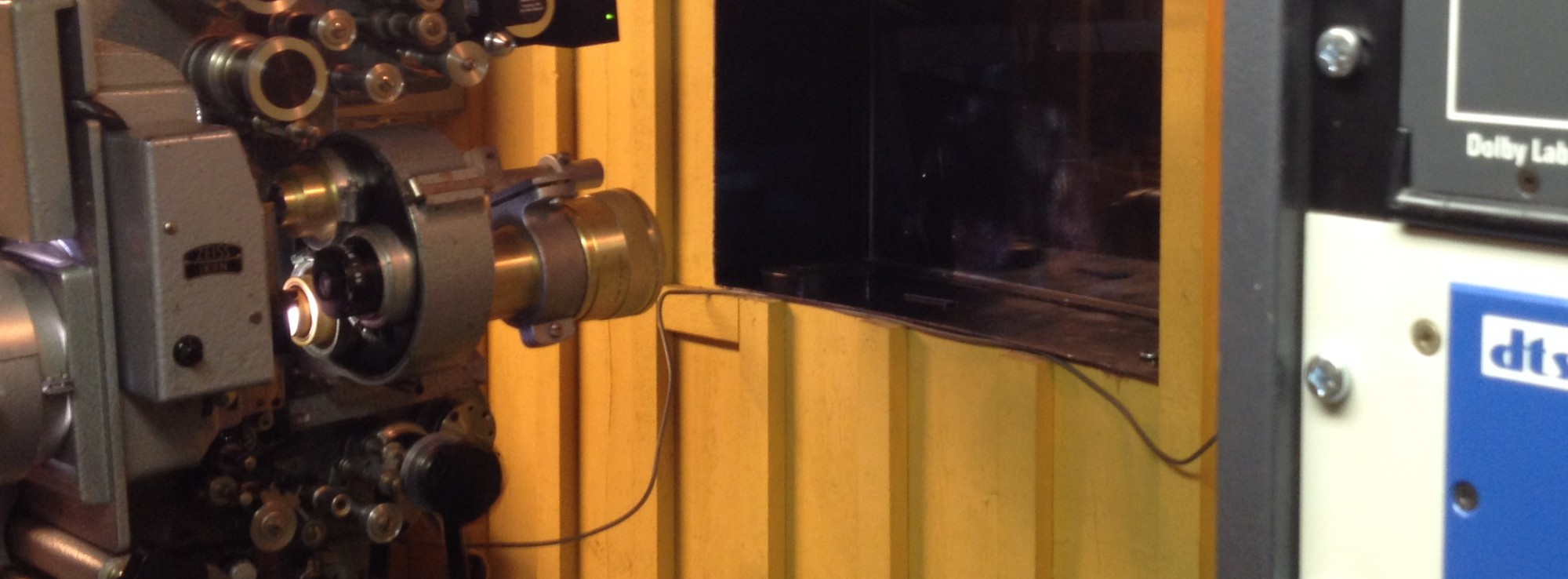Recently, I upgraded my work laptop with an SSD disk.The laptop, a Lenovo Thinkpad T510, has been pretty reliable but getting a bit long in the tooth. A conventional 2.5″ disk three years old is a cause for concern if used daily, and anyway, SSDs are amazingly fast these days. It’s almost like buying a new computer.
I should also mention the Nvidia Optimus graphics card. It’s basically two cards in one, an Intel graphics chip for the daily stuff that doesn’t require much graphics processing and an Nvidia chip for the stuff that does, the idea being that the OS switches between the two to either save battery or boost performance.
So, anyway, while I simply cloned the Windows partitions from the old disk (using Acronis software), I eventually decided to try a new Linux distro rather than fixing the cloned Debian Sid I’ve been running since 2010 or so. The Debian system was spread out over several partitions, which caused problems when booting the cloned system–apparently UUIDs changed when cloning, crashing the system.
I wanted something Debian-based, of course. Apt-get rules and all that, and Debian is pretty hard to break even if you run an unstable version of it.
First, I tried the new Linux Mint Cinnamon distro (v 17), having heard some very good things about it. The installation went without a hitch and I was soon able to boot into the desktop (what a pretty one, btw) using the open-source Nouveau display drivers. They were OK but not great, so I decided to replace them with Nvidia’s proprietary package and something called nvidia-prime that would allow me to switch between the two graphics chips. This seemed to work well, until I came to work the next morning, placed the laptop into a dock and booted using an external monitor only.
No desktop appeared, just a black screen.
Opening the laptop’s lid, I discovered that the desktop was actually there, after all, but only on the laptop screen. Nvidia Settings, the helper software that allows you to configure the X server and screens, was broken and so I couldn’t use it to configure the monitors. The Cinnamon display settings would only share the desktop between the two screens but not allow me to only use the external monitor.
Changing from the Nvidia chip to the Intel one did not significantly change this, but introduced a new problem: I no longer had the option to change back to Nvidia.
I looked around to see if there were newer Nvidia packages around, or perhaps a newer kernel, since that’s what I would always do in Debian Sid; there would frequently be something in the experimental branch that would help me. Linux Mint, however, while Debian-based, is far from Debian Sid. It is meant to be stable, and anything, um, unstable would have to come from somewhere else entirely.
I found a 3.15 kernel from a Ubuntu branch and installed that, but Linux Mint would then insist that a 3.13 kernel was actually an upgrade, so I gave up and realised Linux Mint wasn’t for me after all.
I then spent the following evening (and night) installing and testing Ubuntu 14.04 in place of Linux Mint, as a Google search suggested nvidia-prime would work out of the box in it. It did, but after a few hours of fooling around with Ubuntu, I realised I truly hated Ubuntu’s Unity desktop.
Discouraged, I wiped Ubuntu from the disk in favour of Debian’s Testing branch, but that didn’t go well. I downloaded an ISO, remembering that Debian’s installer would not support WiFi cards during the install, only to discover that they had a) switched to XFCE from Gnome as their default desktop and, more importantly, b) my WiFi card was still considered bad as it was non-free according to Debian’s rather strict criteria and so the firmware was not on the ISO and I had no wired network hooked up to that laptop.
I could have used the Windows partition or my Macbook Pro to download the missing firmware, of course, but I got annoyed and wiped the disk again, now installing the new Kubuntu 14.04 instead.
Which is where I am now. Kubuntu also handles nvidia-prime out of the box, but it also has the (for me) familiar KDE desktop. It’s not perfect (the system fonts, for example, are ghastly and I have to do something about that very soon) but it’s good enough for now.
Now, you may be tempted to point out that Nvidia Optimus works out of the box there, too, and with more finesse, but if so, you are missing the point.
Linux is fun, and the very fact that there are so many distros out there speaks in its favour. If something in Windows doesn’t work for you, you won’t have a Windows alternative. Well, you have Windows 8, but seriously?
